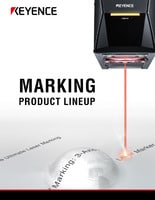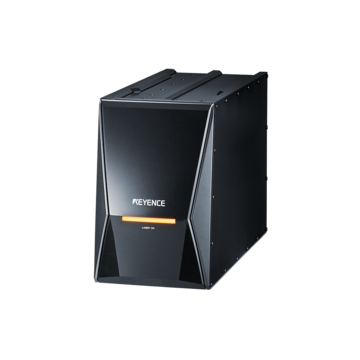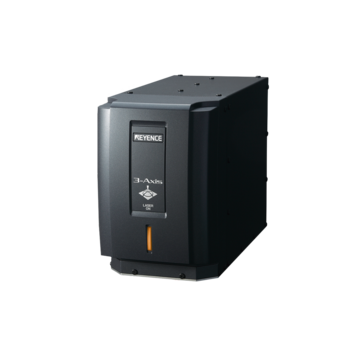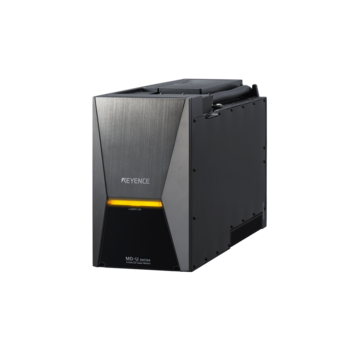Industrial Laser Marking Systems / Laser Markers
Laser Ablation
Laser ablation is the process of heating a surface to its ablation point so the top layer vaporizes. Lasers achieve this by using a short pulse laser with high power, which ensures that only the top layer is targeted and there is no effect on the substrate. Industrial laser ablation is a non-damaging and resourceful marking and surface removal process that can be used for many applications.
We’re here to provide you with more details.
Reach out today!

Why Use Laser Ablation?
Laser ablation stands out as the top choice for material removal, ablation, or surface preparation because of its unmatched precision, low heat impact, and ability to work with a wide variety of materials. Unlike traditional mechanical or chemical methods, laser ablation enables highly localized material removal without causing significant damage to the surrounding areas, making it ideal for delicate or intricate components. The use of an ablation laser allows for rapid, contact-free processing, which reduces tool wear and maintenance costs while enhancing process repeatability and control. Furthermore, laser ablation can be easily automated and integrated into advanced manufacturing systems, making it a superior choice for industries demanding high efficiency and accuracy. There are many different examples, or use cases, of laser ablation, some of which will be explained below.
Five Ways to Use Laser Ablation
1. Paint Removal
Removing paint with laser ablation is used for design changes, revealing underlayer lights/paint, inspection, and maintenance.
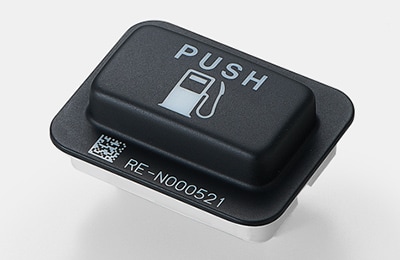
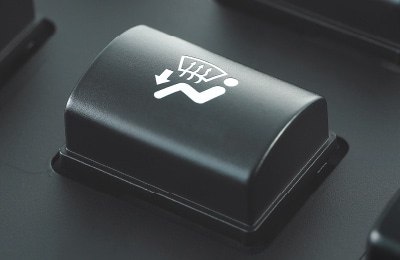
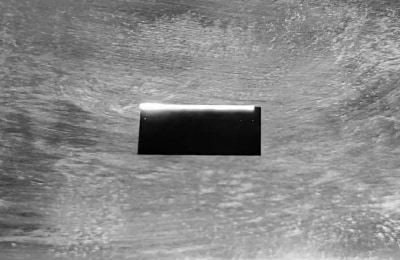
2. Coating Removal
Laser ablation to remove coatings, also known as laser cleaning, is the process of deburring or ablating a coating to expose a section of the product or material that should not be coated.
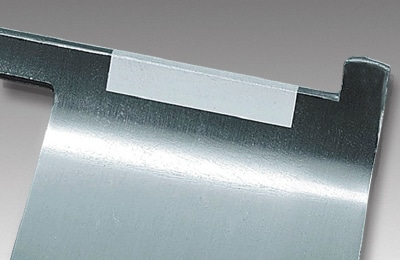
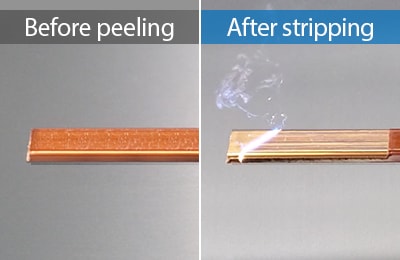
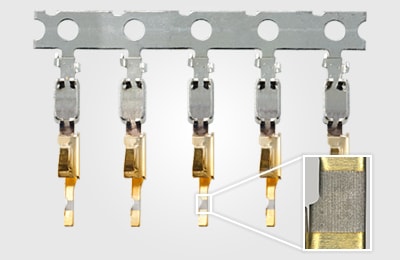
3. Oxidation/Rust Removal
Laser ablation removes rust or oxidation so that a part or component can return to its original properties without unwanted changes from corrosion like increased friction, change in surface color, lower magnetic attraction, and weakening of the structure.
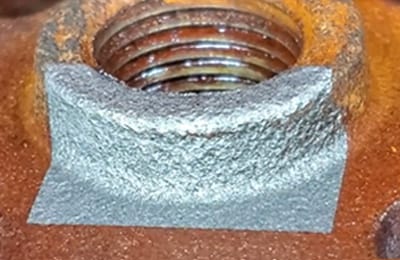
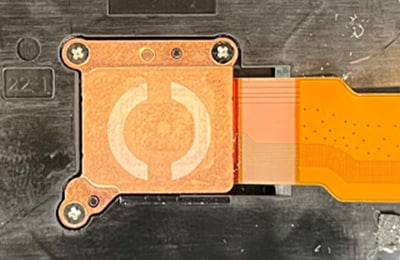
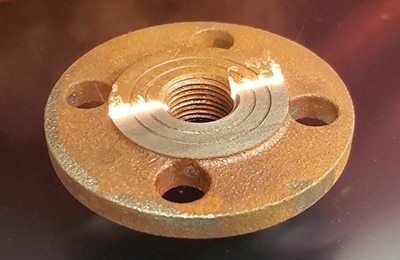
4. Texturing
Laser ablation can be used to remove micrometers of material from a product in desired patterns to increase adherence, wettability, electrical conductivity, thermal conductivity. This process is also referred to as laser texturing.
Unprocessed
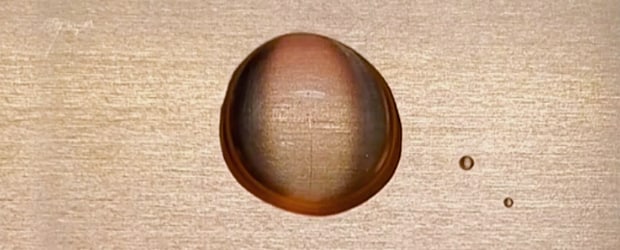
Processed
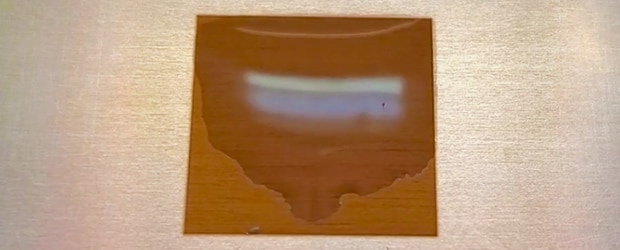
Unprocessed
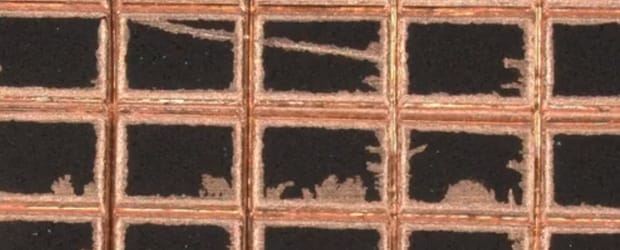
Processed
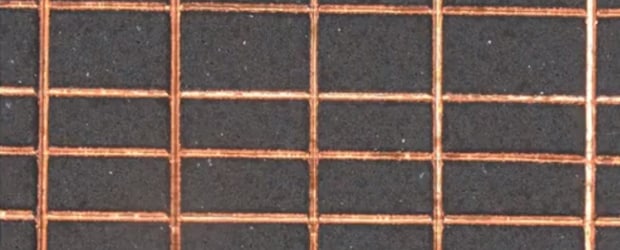
5. Engraving
Using laser ablation to engrave utilizes laser technology to ablate carved-out designs for logos, 2D codes, or part numbers.
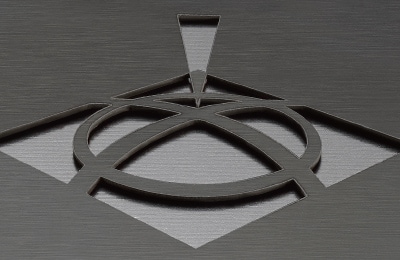
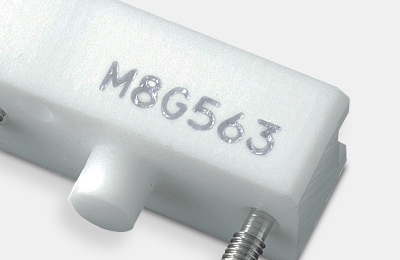
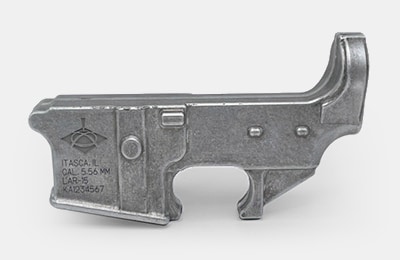
Discover more about this product.
Click here to book your demo.

Laser Ablation Equipment
KEYENCE offers a fiber, hybrid, and UV laser for laser ablation applications. The laser ablation equipment is built for high speed marking/ablation while minimizing heat stress onto the target. Here is some information about each:
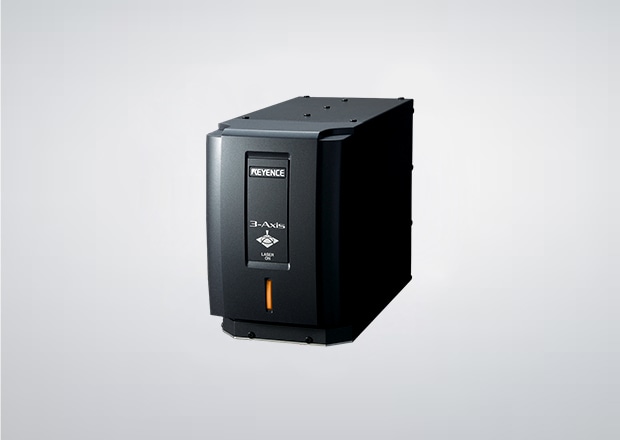
3-Axis Fiber Laser Marker MD-F Series
The fiber laser marker is recognized for high speed and high powered processing, which makes it ideal for removing stubborn coatings and engraving deeply.
| Laser Ablation Services | Materials |
|---|---|
|
Laser Ablation Services
|
Materials
|
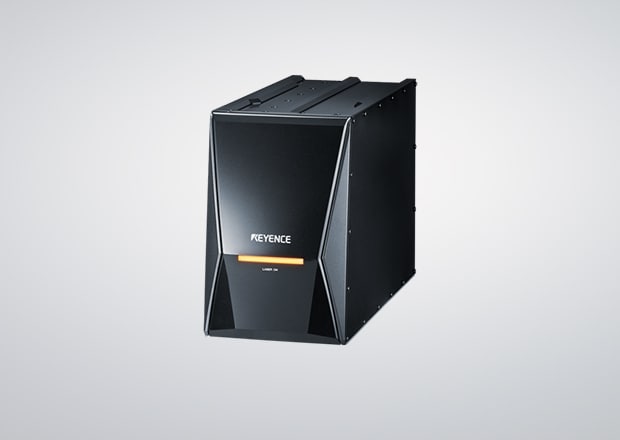
3-Axis Hybrid Laser MD-X Series
The MD-X Series combines a fiber laser and a YVO4 laser to create a hybrid laser. The hybrid laser is versatile with ablation capabilities and surface areas because of the high output but short pulse laser. This beam ablates with 2x the power of a conventional YVO4 laser with less heat stress.
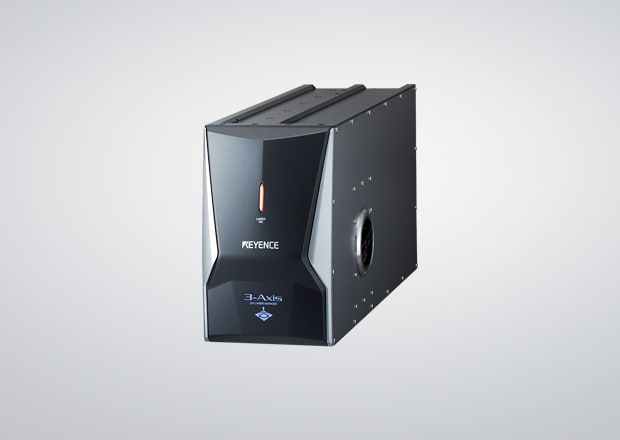
3-Axis UV Laser MD-U Series
The MD-U uses an ablation process called “cold marking,” meaning there is no heat stress added to the target because the absorption rate is so high. Since there’s no heat stress, the MD-U laser specializes in ablating highly reflective, heat-sensitive materials with high ablation temperatures.
Get detailed information on our products by downloading our catalog.
View Catalog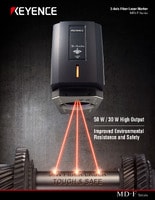

Laser Ablation System Software
KEYENCE’s laser ablation machines include software called Marking Builder (3 or Plus). This laser ablation software ensures ablation compatibility for any surface by using a built-in camera to analyze the target.
The software can use the built in camera to provide clarity on marking alignments with extreme ease, and no need for physical adjustments. It can adjust focal distances for 3D shapes or curved/angles targets. The software is also compatible with 3D CAD files for any unique geometries that are not your typical sphere, cylinder, or slope.
Finding Your Laser Ablation System
At KEYENCE, we specialize in laser technology. Our laser marking machines are versatile laser ablation machines with software that ensures uniformity and precision even on complex surfaces.
Whether you need to mark, texture, or remove a surface, KEYENCE’s lasers can help achieve your goals. Contact us today to find the best laser marking machine for your laser ablation needs.
Contact us to learn more about how our advanced technology can help take your business to the next level.
Contact Us
Related Downloads
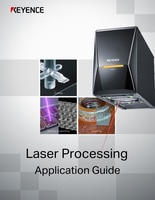
This booklet covers a wide range of laser processing techniques - such as cutting, drilling, and deep engraving - as well as welding and soldering that are unique to lasers.

